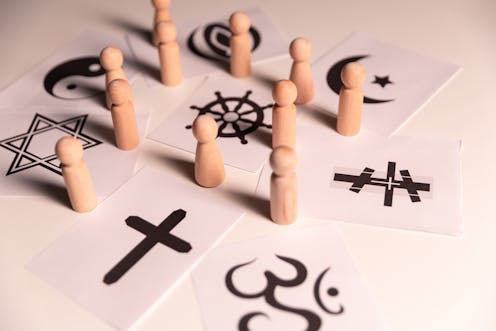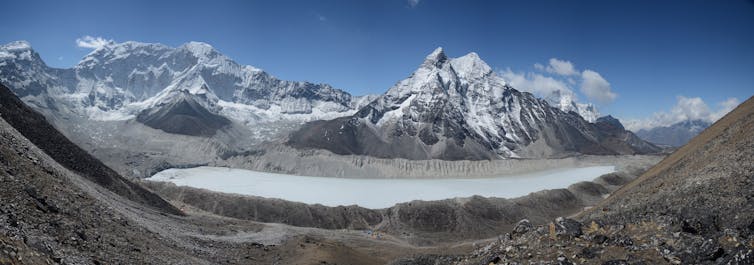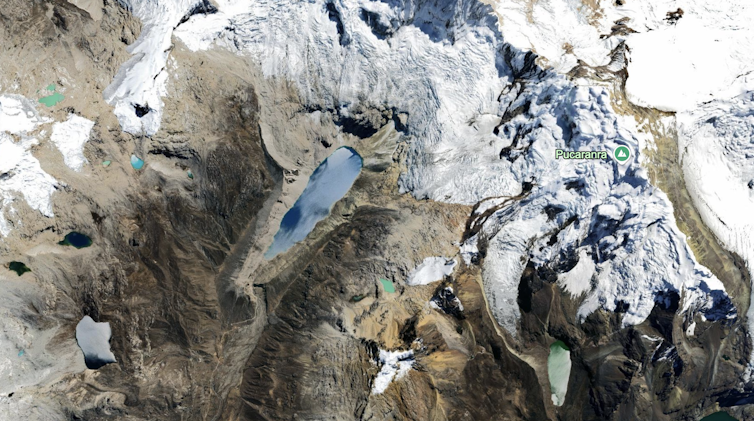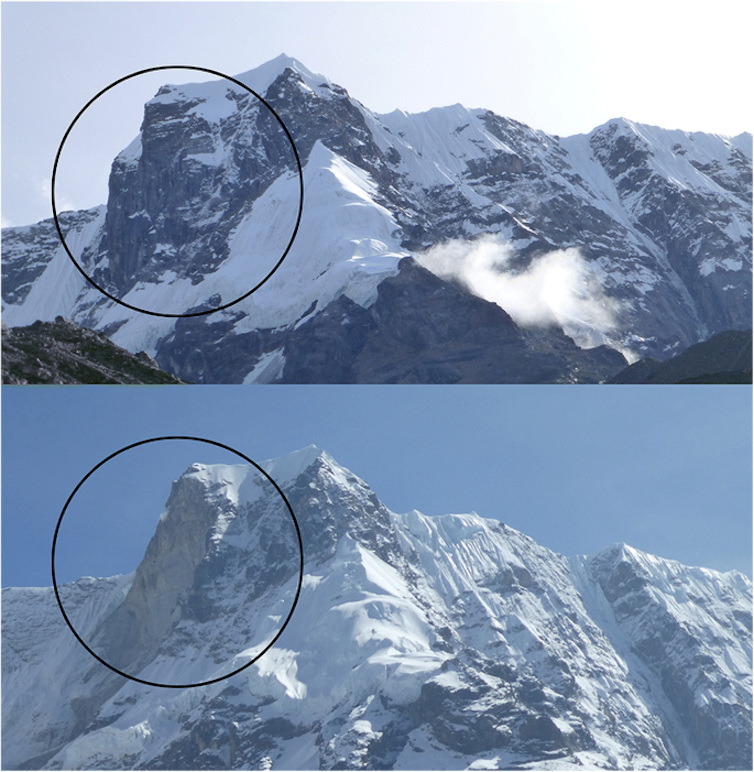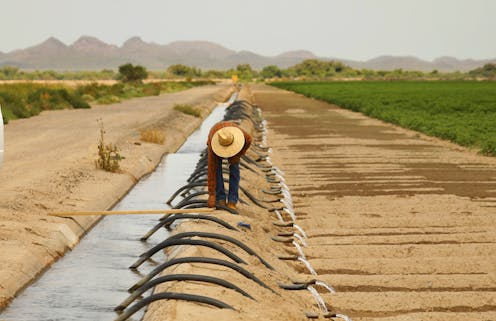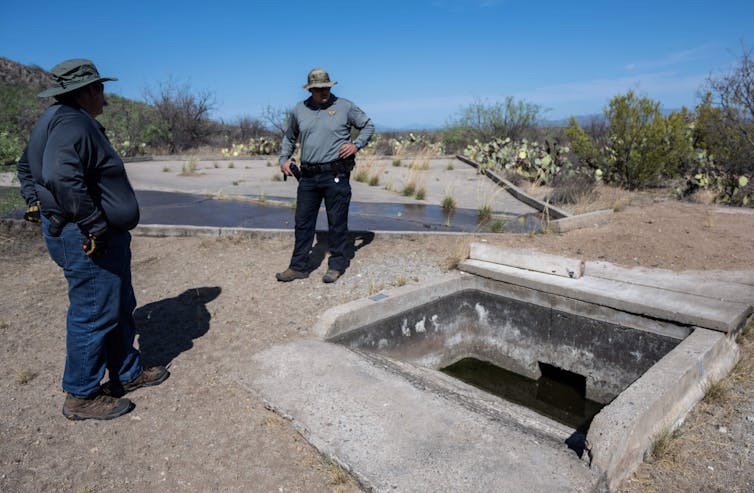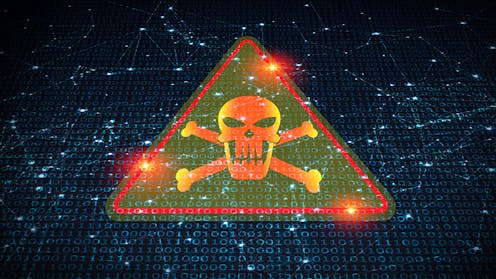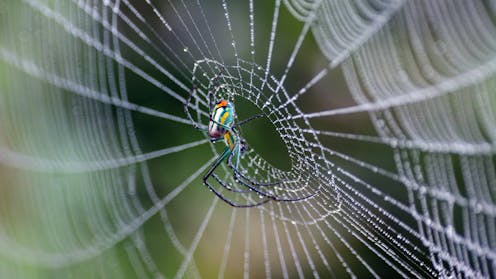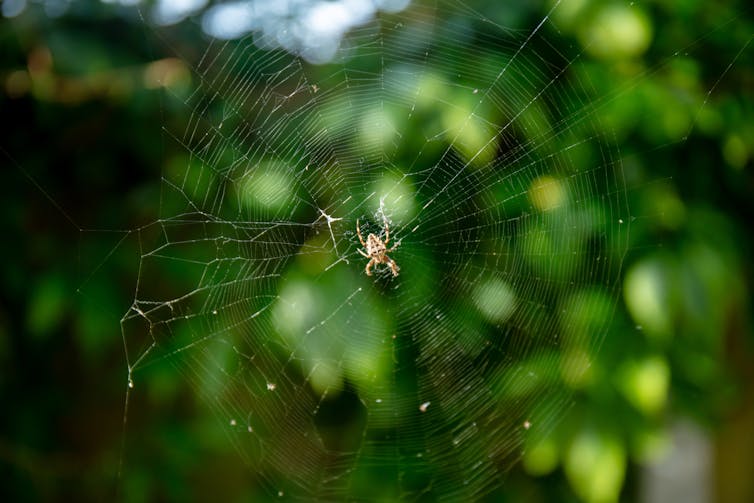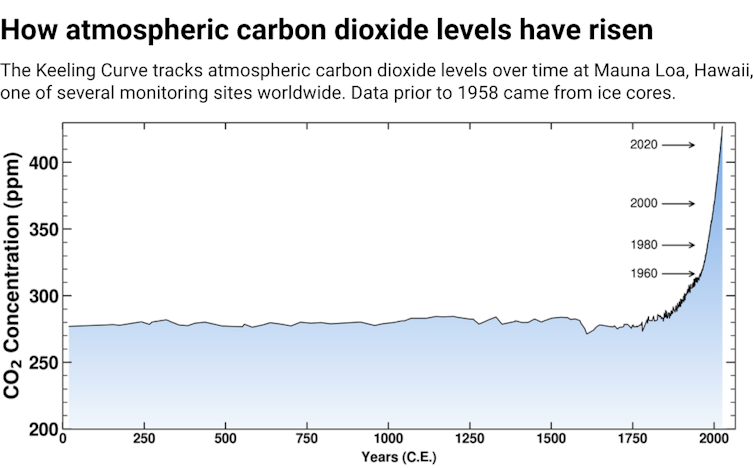Source: The Conversation – USA (2) – By Andrew A. Schwartz, DeMuth Chair of Business Law, University of Colorado Boulder
Imagine you invest US$500 to help a startup get off the ground through investment crowdfunding. The pitch is slick, the platform feels trustworthy and the company quickly raises its target amount from hundreds of people just like you. Then – silence. No updates, no financials, not even a thank-you.
You’ve been ghosted – not by a friend, but by a company you helped fund.
This isn’t just an unlucky anecdote. It’s happening across the United States. And while it may violate federal law, there’s little enforcement – and virtually no consequences.
Thanks to a 2012 law, startups can raise up to US$5 million per year from the general public through online platforms such as Wefunder or StartEngine. The law was intended to “democratize” investing and give regular people, not just the wealthy, a chance to back promising young companies.
But there’s a catch: Companies that raise money this way are required to file an annual report with the U.S. Securities and Exchange Commission and post it publicly. This report, intended to show whether the business is making progress and how it is using investor funds, is a cornerstone of accountability in the system.
As a professor of business law, I wrote the book on investment crowdfunding. And in my recent research, I found that a majority of crowdfunded companies simply ignore this rule. They raise the money and go silent, leaving investors in the dark.
In most cases, I suspect their silence isn’t part of an elaborate con. More likely, the founders never realized they had to file, forgot about the requirement amid the chaos of running a young business, or shut down entirely. But whether it’s innocent oversight or deliberate avoidance, the effect on investors is the same: no information, no accountability.
This kind of vanishing act would be unthinkable for public companies listed on the stock market. But in the world of investment crowdfunding, limited oversight means that going silent, whatever the reason, is all too easy.
It’s not just 1 or 2 victims
When startups go dark, they don’t just leave their investors behind – they undermine the entire crowdfunding model.
Investment crowdfunding was meant to be an accessible, transparent way to support innovation. But when companies ghost their backers, the relationship starts to look less like an investment and more like a donation.
It’s not just unethical – it’s illegal. Federal law requires at least one annual update. But so far, enforcement has been almost nonexistent.
Concerned state attorneys general have encouraged the SEC to ramp up enforcement actions. This could work in theory, but it’s unrealistic in practice, given the SEC’s limited resources and broad mission.
If nothing changes, the crowdfunding experiment could collapse under the weight of mistrust.
Incentives work − let’s use them
Fortunately, there’s a low-cost solution.
I propose that crowdfunding platforms hold back 1% of the capital raised until the company files its first required report. If it complies, it gets the funds. If not, it doesn’t.
It’s a small but powerful incentive that could nudge companies into doing the right thing, without adding bureaucratic complexity.
It’s the same principle used in escrow arrangements, which are common in finance. In a home sale, for example, part of the money goes into a neutral holding account – escrow – until the seller meets certain agreed conditions. Only then is it released. Applying that approach here, a small slice of crowdfunding proceeds would stay in escrow until the company files its first annual report. No report, no release.
Unfortunately, crowdfunding platforms are unlikely to adopt this voluntarily. They compete with one another for deal flow, and any rule that makes fundraising slightly harder at one platform could send startups to a rival site.
However, the SEC has the legal authority to update its rules, and this change would be easy to implement – no new laws, no congressional fights, just a bit of regulatory will. I’ve even drafted a proposed rule, ready-made for the SEC to adopt, and published it in my recent article, Ghosting the Crowd.
The idea behind investment crowdfunding remains powerful: Open the door to entrepreneurship and investment for everyone. But if that door leads to silence and broken promises, trust will disappear – and with it, a promising financial innovation.
A tiny tweak to the rules could restore that trust. Without it, investors will keep getting ghosted. And the market might ghost them right back.
![]()
Andrew A. Schwartz does not work for, consult, own shares in or receive funding from any company or organization that would benefit from this article, and has disclosed no relevant affiliations beyond their academic appointment.
– ref. Crowdfunded companies are ‘ghosting’ their investors – and getting away with it – https://theconversation.com/crowdfunded-companies-are-ghosting-their-investors-and-getting-away-with-it-261346

